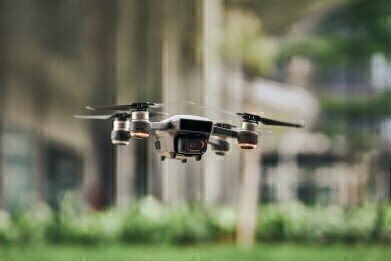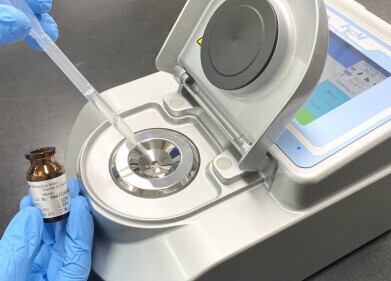Laboratory Products
Next Generation Drones Are Collision-friendly
May 04 2015
Drones are without a doubt one of the biggest ‘buzz’ products of the decade. From recreational use and filming big budget Hollywood films to gathering government intelligence and monitoring environmental change, they have a myriad of uses. Now, scientists have taken the technology one step further and developed a new generation of drone that’s collision friendly.
Inspired by nature
Equipped with cutting edge folding wings, the drones are able to bounce back from mid-air collisions with ease. The technology was developed by a team of US scientists who were inspired by the ability of birds and bats to fold in their wings close to their bodies. This is made possible through a unique wrist joint found in winged animals. As well as allowing the creatures to navigate their way around tight spaces, the joint also prevents injuries through lessening the force of the impact.
Using the natural movements of these animals as a base model, researchers from Stanford University have created flapping wings that are able to fold in and rebound out after a mid-air collision. The wrist joint led them to develop a 3D printed hinge that has been incorporated into the carbon fiber skeleton of a drone. The wings are then encased in a protective membrane film, similar to that of bat. Even when hit with a steel rod, the drone’s wings were able to fold inwards and absorb the impact. They then made a quick recovery, using centrifugal forces to unfurl again in just one beat.
David Lentink, assistant professor of mechanical engineering at Stanford and co-author of the study says, "That was very exciting because it means robotic wings can adjust to incoming obstacles passively without the need for sensors or motors."
Technology fit for the US military
Interestingly, the research was funded by the U.S. Office of Naval Research as part of a project to explore how winged drones could be used to execute missions in difficult environments such as dense forests. For the drone market, this opens up exciting new doors. Flying robots equipped with this technology will be able to squeeze between obstacles, fly in built up areas, navigate high traffic air spaces and quickly recover from mid-air impacts. From military surveillance to domestic deliveries, the potential is sky-high.
"You can't achieve everything birds do with current technology, so you have to condense it. But we are very excited by this very simple step to achieve a very elegant solution to what seems to be a very complex problem," says Lentink.
Want to know more about the amazing new drone development? Check out this slow motion video which shows a demonstration of the flexible wings in action. The way they are able to tuck in and rebound when encountering a mid-air collision is incredible!
Interested in reading more about drone technology? Read our article: How Will Drone Technology Affect Sport.
Digital Edition
Lab Asia 31.2 April 2024
April 2024
In This Edition Chromatography Articles - Approaches to troubleshooting an SPE method for the analysis of oligonucleotides (pt i) - High-precision liquid flow processes demand full fluidic c...
View all digital editions
Events
Apr 28 2024 Montreal, Quebec, Canada
May 05 2024 Seville, Spain
InformEx Zone at CPhl North America
May 07 2024 Pennsylvania, PA, USA
May 14 2024 Oklahoma City, OK, USA
May 15 2024 Birmingham, UK


















